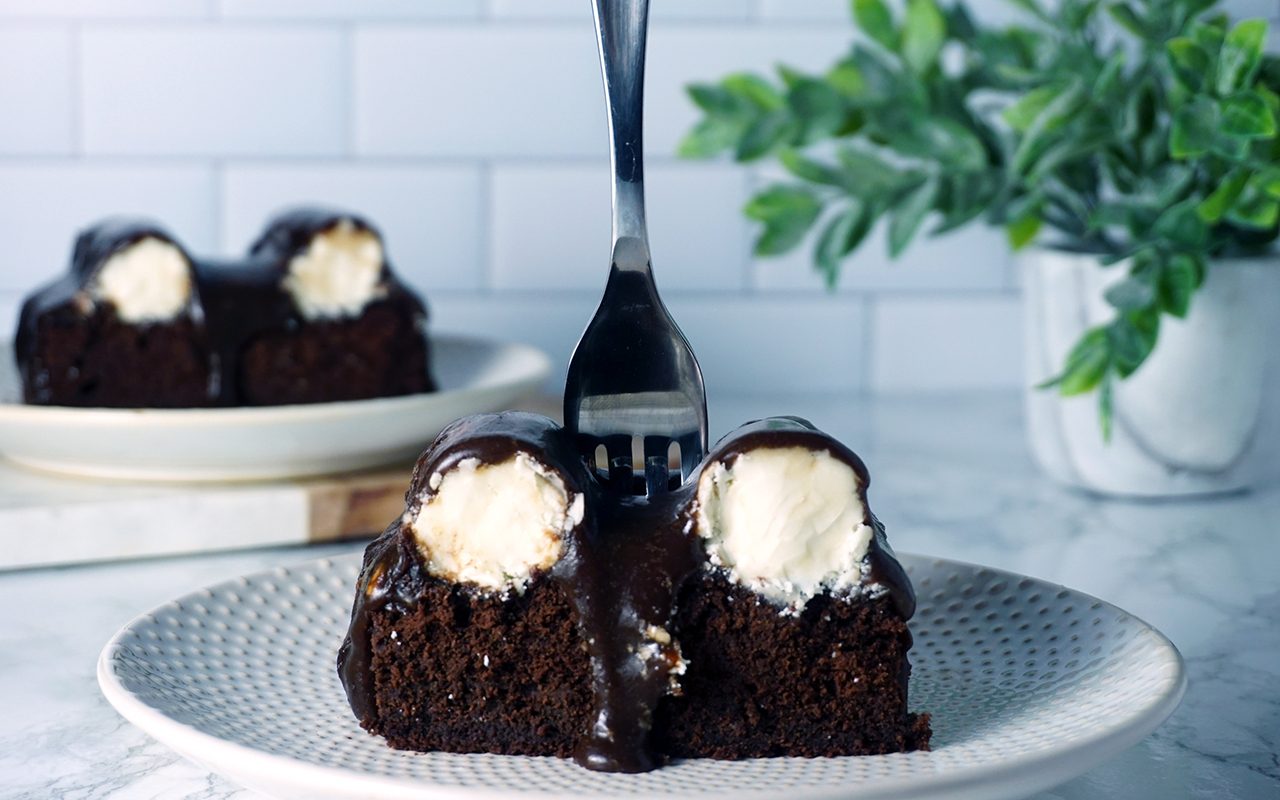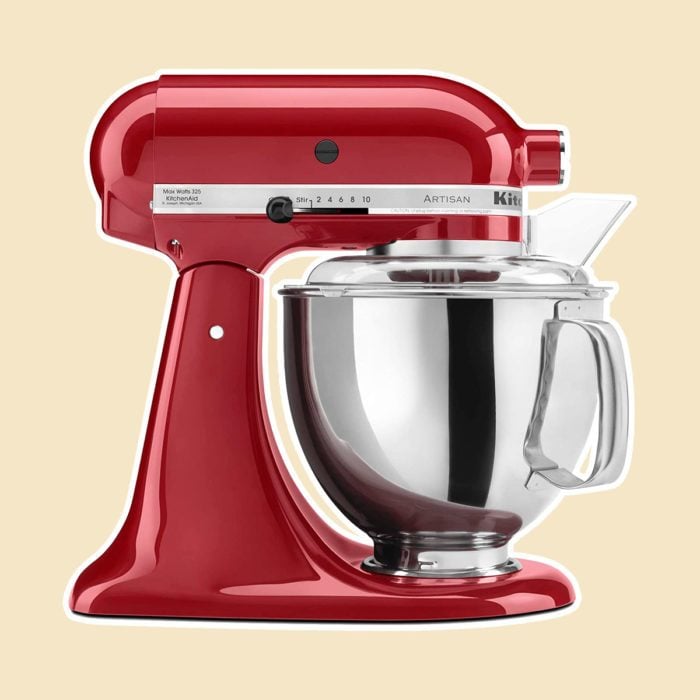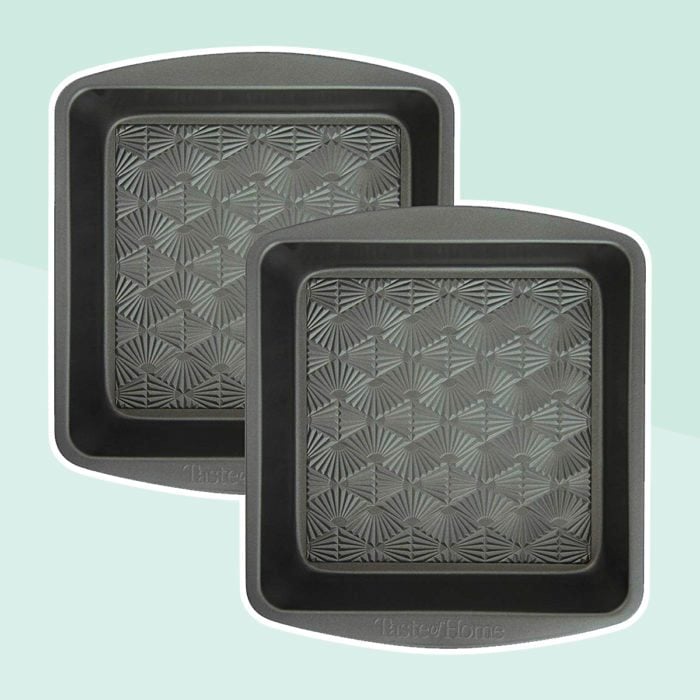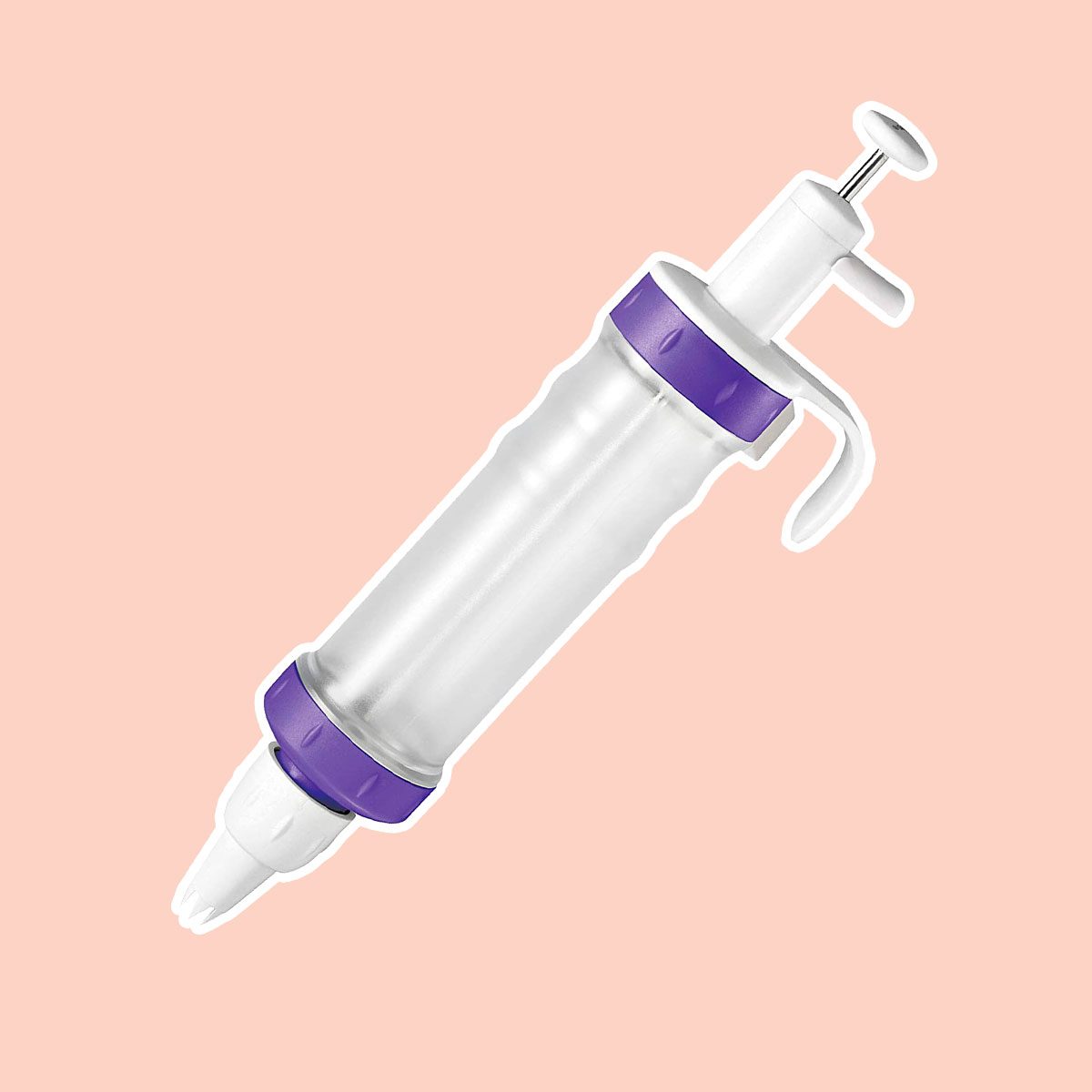When it comes to cake baking, most of the time you’re striving for a perfectly smooth and polished looking cake. In Michigan, however, that’s not always the case. Meet Bumpy Cake—a delicious cake confection recognized for its iconic fudge-covered vanilla buttercream bumps. This cake has a cult following and it’s clear why. It’s essentially a giant Hostess cupcake in the form of a sheet cake. Do we have your attention? Good. Keep reading to learn more about this tasty treat and how you can make a homemade version.
Where Is Bumpy Cake From?
In order to track down the historical origins of Bumpy Cake, we need to travel to Michigan, and specifically, to Sanders Chocolates. It was here that the infamous Bumpy Cake was born more than 100 years ago when founder, Fred Sanders, created this iconic-looking cake in 1913. Originally known as “The Sanders Devil’s Food Buttercream Cake,” the name has evolved over the years thanks to loyal customers who lovingly started calling the dessert “the cake with the bumps” which caused Mr. Sanders to simply change the name to “Bumpy Cake.”
Today, Sanders Chocolates still sells four different varieties of Bumpy Cake in Michigan. And, while they remain the sole owner of the original recipe and trademarked “Bumpy” name, we like to think our recipe for homemade Bumpy Cake is a good substitute if a trip to Michigan isn’t in the cards right now.
How to Make Bumpy Cake at Home
Yield: 9-12 servings
Ingredients
Devil’s Food Cake
-
- 1/2 cup (1 stick) unsalted butter, room temperature
- 3 tablespoons vegetable oil
- 1 cup sugar
- 1 large egg, room temperature
- 2 large egg whites, room temperature
- 1/2 tablespoon vanilla extract
- 1-1/2 cups cake flour
- 1 teaspoon baking powder
- 1/2 teaspoon salt
- 1/2 cup buttermilk, room temperature
- 2 teaspoons instant espresso powder
- 1/2 cup unsweetened cocoa powder, a 50/50 mix of regular and dark cocoa powder is best
Chocolate Fudge Frosting
-
- 1 cup (2 sticks) unsalted butter, divided
- 1 cup granulated sugar
- 1/2 cup buttermilk, shaken
- 1/3 cup dark corn syrup
- 1/3 cup unsweetened cocoa powder
- 1/4 teaspoon salt
- 1 cup confectioner’s sugar
- 1 teaspoon vanilla extract
Vanilla Buttercream
-
- 1/2 cup (1 stick) unsalted butter, softened
- 1-1/2 cups confectioners’ sugar, sifted
- 1 tablespoon heavy whipping cream
- 1 teaspoon vanilla extract
- 1/8 teaspoon salt
Tools You’ll Need
- If you’re in the market for a stand mixer, this KitchenAid Artisan Series mixer is a great place to start. We love that it comes with a glass mixing bowl so you can easily see how well your dough or batter is mixing.
- These 8×8-inch baking pans made by Taste of Home have an embossed design that strengthens the bakeware and increases airflow for even baking.
- Say goodbye to messy pastry bags with this fancy Dessert Decorating Tool by Wilton. It comes with four decorating tips, a fill tip and two couplers and can be used with most standard Wilton tips.
Instructions
Step 1: Mix the Cake Batter
Preheat oven to 325°. Grease an 8×8-inch square baking pan and line the bottom with parchment paper. In a stand mixer, cream butter, oil and sugar until light and fluffy, 5-7 minutes. Add eggs and egg whites, one at a time, beating well after each addition.
Next, in a separate medium bowl, whisk together the cake flour, cocoa powder, espresso powder, baking powder and salt. Then, gradually add the dry ingredients to the creamed mixture alternating with the buttermilk and mixing well after each addition. Last but not least, add the vanilla to the batter and mix until combined.
Editor’s Note: If you don’t own a stand mixer, you can also follow this recipe using a large bowl and standard electric hand mixer as well.
Step 2: Bake the Cake
Transfer the cake batter to your prepared baking dish. Spread the batter out evenly and then bake for 30-40 minutes.
The cake is ready when a toothpick comes out clean when inserted into the center and the edges are gently pulling away from the sides of the pan. Remove promptly and let the cake cool completely in the pan on a wire rack. Transfer the cake to the freezer for at least an hour.
Having cake troubles? Here are some common cake mistakes and how to fix them.
Step 3: Prepare Buttercream
In the bowl of a stand mixer, beat butter until creamy. Next, slowly add the confectioners’ sugar, about 1/4 cup at a time, until smooth. Add the heavy cream, vanilla and salt and mix until fluffy; about 5-7 minutes. Transfer to a pastry bag, fitted with an extra-large round tip and refrigerate until ready to use.
Step 4: Make the Fudge Frosting
In a large saucepan over medium heat, combine the butter, granulated sugar, buttermilk, dark corn syrup, cocoa and salt. Bring to a boil and cook for 2 to 3 minutes. Then, turn the heat to low and whisk in the confectioners’ sugar. Whisk until the sugar melts and the fudge is smooth with no lumps. Remove from heat and stir in the vanilla. Transfer the fudge into a 4-cup glass measuring cup and let cool until just above room temperature. You want the fudge frosting to be warm enough to be pourable but cool enough so it doesn’t melt the buttercream when poured over the cake.
Step 5: Decorate

Remove the cake from the freezer and the buttercream from the refrigerator. Pipe 3-4 thick ribbons of buttercream, running parallel and about 1-inch apart, over the entire length of the chilled cake. Return to the freezer for 20-30 minutes. Next, pour about half of the fudge icing evenly over the cake, covering the buttercream “bumps” completely. You can gently tip the pan from side to side to help the fudge flow smoothly over the entire cake.
Chill in the freezer for an additional 10 minutes and then pour the remaining fudge evenly over the top of the cake. Refrigerate the cake for 20-30 minutes to set the fudge completely before slicing into squares to serve.
Editor’s Note: If the fudge cools too much before decorating, you may rewarm it in the microwave for 5-second bursts until it returns to a warm, pourable consistency.
Looking for more iconic regional desserts? Here are top-rated desserts from every state.
What Other Flavors of Bumpy Cake Are There?
While devil’s food cake with buttercream and chocolate fudge frosting is the beloved classic, feel free to get creative with your Bumpy Cake flavors. Sanders makes Carrot Cake, Caramel and Vanilla Pecan.
Here are a few other flavor combos you can try:
Mint Chocolate Bumpy Cake: Swap the mint frosting from this recipe for the vanilla buttercream.
German Chocolate Bumpy Cake: Substitute the pecan-coconut frosting from this recipe for the vanilla buttercream.
Strawberry Cheesecake Bumpy Cake: Make this strawberry cake recipe and top with cream cheese frosting.
Lemon Bumpy Cake: Make this lemon cake and frosting and substitute it for the devil’s food cake and chocolate fudge frosting.
Peanut Butter Cup Bumpy Cake: Trade this peanut butter buttercream for the vanilla buttercream.
The post Bumpy Cake Is an Iconic Michigan Dessert You Need to Try appeared first on Taste of Home.
Lauren Habermehl


